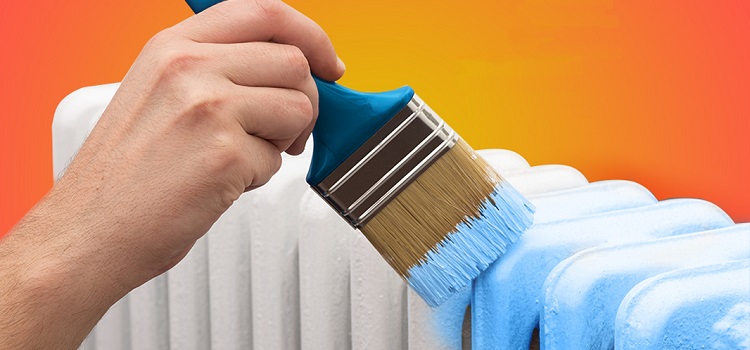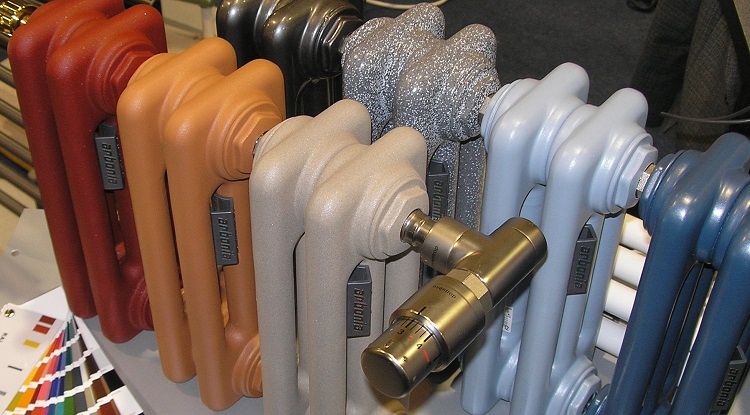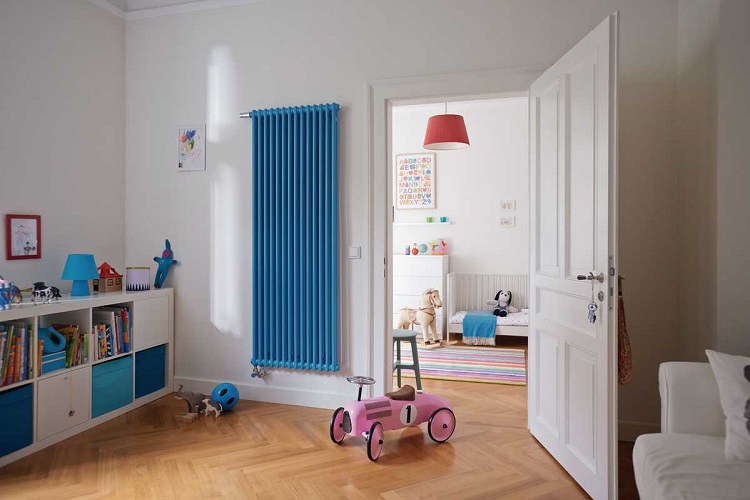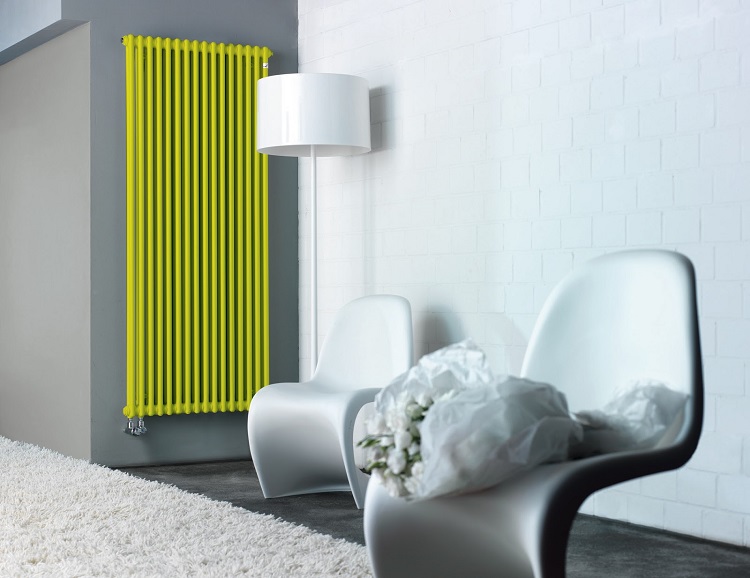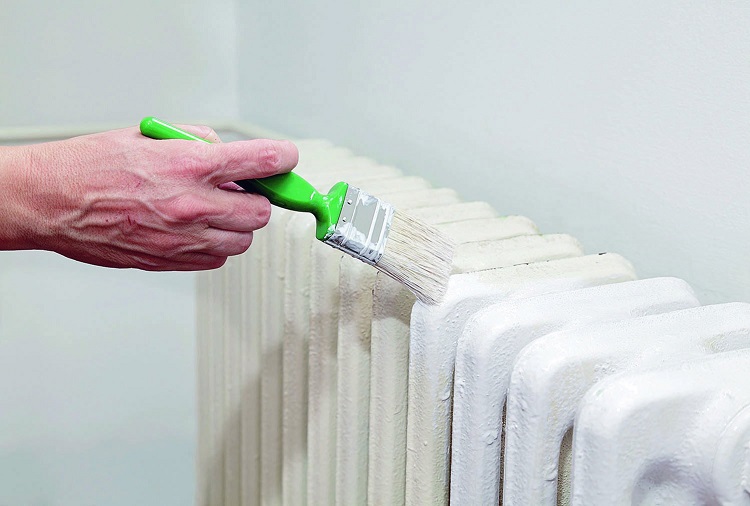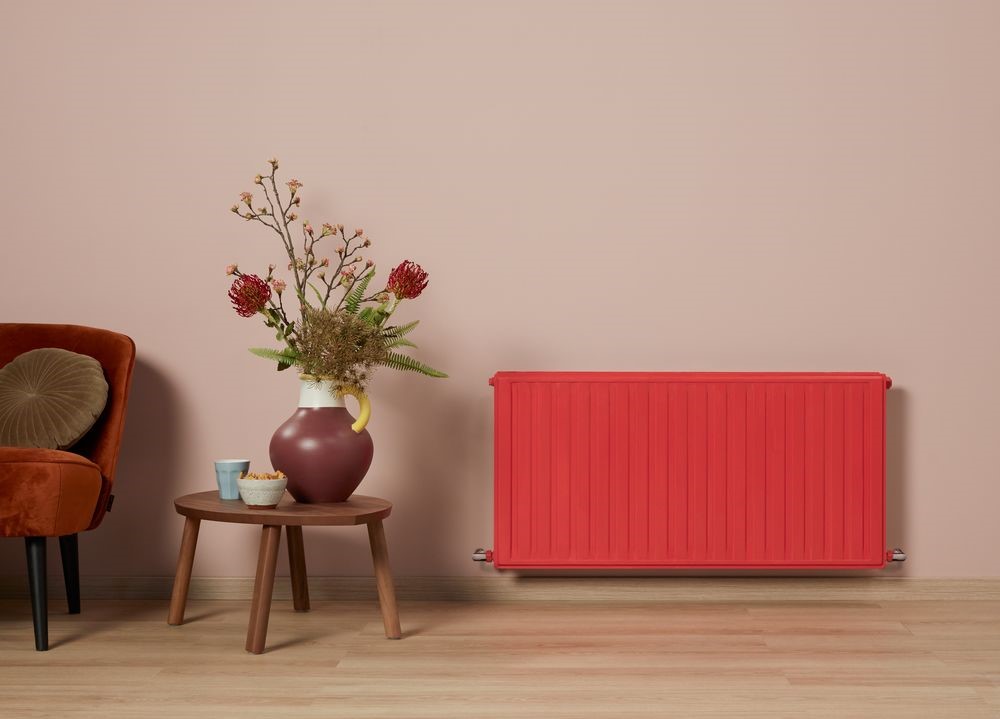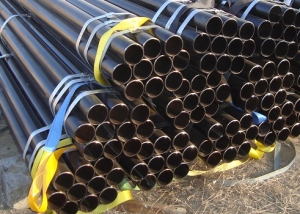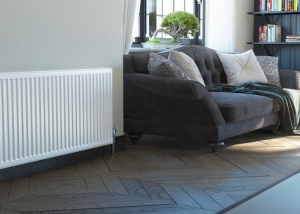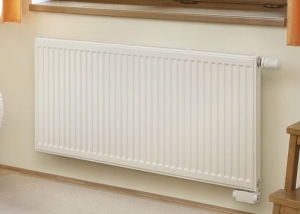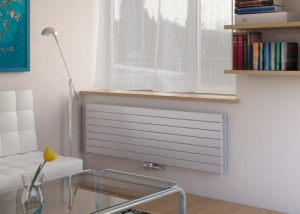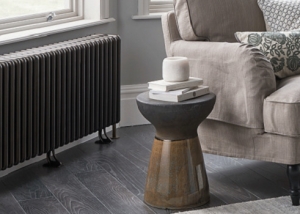Content
What are the battery paint requirements?
The most important requirement is thermal stability, since batteries are a design whose temperature can be quite high. In addition, the paint should be:
- safe. The composition should not include harmful substances that, when heated, can evaporate and cause allergies and diseases of the upper respiratory tract in humans;
- resistant to abrasion. When processing batteries in such rooms where a lot of people pass near them, this is an important factor;
- easy to apply. It is difficult enough to work with enamel, which unevenly lays down or reaches for a brush;
- quick drying. This is an important property when painting batteries in a residential area.
As for resistance to heat, this parameter is indicated on the package with the composition - 80 °, 120 °, 160 °, etc. For radiators, it is better to choose a paint with higher rates.
Important! One more condition can be added to this list - the paint for radiators must be odorless.
Previously, almost all compounds had their own specific “aroma”, especially nitro paints, now such substances are quite affordable and can be bought at any store.
The benefits of acrylics for radiators
Acrylic paints consist of:
- a binder (acrylic resin), which, after drying, retains pigments;
- pigment - fine dry powder, which gives color to the paint;
- solvent - organic matter or ordinary water;
- filler - a pigment of a larger fraction, it adds viscosity to the composition and gives other properties;
- auxiliary additives.
Since the basis of such paints can be water, they are also called water-dispersion. After application to the surface, the moisture evaporates, leaving a strong polymer film, which is a colorful layer. Water formulations are odorless and do not emit harmful substances into the air, so safety can be called the main and indisputable advantage of acrylic paints.
In addition, acrylic compositions have such advantages:
- They dry quickly and cannot be damaged by ordinary surface washing.
- They have increased resistance to damage, do not lose brightness over time.
- They combine well with other types of paints and hold well on different materials, which is important when processing batteries and pipes made of dissimilar metals.
- Some types of acrylic coloring compounds, contrary to the rules, can be applied to a warm surface.
You can purchase paint that gives a matte finish, semi-gloss or gloss. The first is considered not very practical, since more dust is collected on it. For the glossy version, the surface must be prepared with special care, otherwise the coating will emphasize all the defects.
This paint is universal, it is suitable for processing radiators from any metal: steel, cast iron, copper. It can be applied in several layers, depending on the color intensity.
Note! As a rule, in the manufacturer’s catalog the paint is listed as base, that is, white. But it is not necessary to paint the battery in this familiar shade, tinting service is available at points of sale, thanks to which you can get the original shade.
What paint to choose: popular brands and brands
The market offers both domestic paints and products of foreign brands. Among the latter, Finnish and German brands are popular.
Table 1
| The brand | Paint name | Temperature ° C | Features |
| Tikkurila, Finland | Taika | 85 | Easy to apply with a brush, gives the original pearlescent shade |
| Tikkurila, Finland | Remontti-assa | 85 | Completely safe, withstands more than 10,000 brush wash approaches |
| Jobi, Germany | Termoaquaemail | 150 | Quick-drying, does not turn yellow at temperatures up to 120 ° |
| Jobi, Germany | RadiatorSpray | 100 | Aerosol paint, easy to apply, does not turn yellow |
| Expert, Russia | Radiator enamel | 120 | It has good hiding power, does not flow |
| Parade, Russia | Classic A4 | 120 | Application to warm radiators is allowed (up to 45 °) |
| Smolensky Paint and Varnish Plant, Russia | Colorika Aqua Enamel for radiators | 110 | It forms a “breathable” coating, non-toxic, does not turn yellow |
| Tex, Russia | Enamel for radiators Profi | 100 | It can be applied on warm surfaces (up to 60 °), does not turn yellow, is easy to wash |
| Balakryl, Czech Republic | Radet | 100 | Increased moisture resistance, durability |
| Dulux, UK | Master lux aqua | 90 | It is steady against differences of temperature and humidity, does not change color |
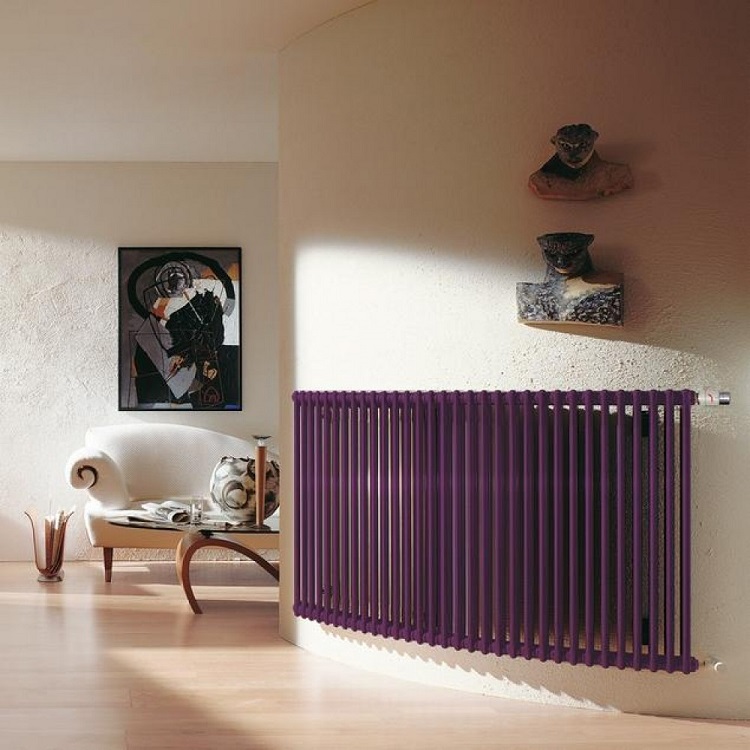
It is not necessary to paint the battery in the usual shade, a tinting service is available for sale, thanks to which you can get the original shade.
Any of these paints (except for aerosol) can be applied in several ways - with a brush, roller or using a spray gun. When choosing which paint to paint the batteries in the kitchen or bathroom, it is better to pay attention to compositions that are resistant to high levels of humidity.
How much is acrylic paint for a radiator
The cost of the compositions depends on the manufacturer, first of all, as well as on their properties. Imported paints will be more expensive, but this does not mean that relatively cheap domestic ones are much worse.
Of great importance is the consumption of substance per 1m2 and her hiding power. More expensive paint with lower consumption can be much cheaper than cheaper paint, which needs to be spent more.
You can compare the most popular paints by examining the table.
table 2
| Manufacturer | Packaging | Consumption | Price, rub |
| Jobi termoaquaemail | 0.9 L | 1 liter at 11 meters2 | 506 |
| Tikkurila Remontti-assa |
0.9 L | 1 liter per 10-12 m2 | 949 |
| Ekspert radiator enamel | 1 kg | 1 kg per 10 m2 | 249 |
| Tex Pro | 0.8 kg | 1 kg on 9-11 m2 | 272 |
| Dulux master Lux aqua |
0.93 L | 1 liter per 10 meters2 | 890 |
How to paint a radiator
Work on updating the appearance of the battery consists of several stages:
- removal of the old coating;
- surface cleaning from dust and rust;
- degreasing and primer;
- painting.
Of course, it is best to completely remove the old layer from the radiator using a grinder with an abrasive nozzle or chemicals. A primer is a prerequisite for most paints, otherwise you should not count on the durability of the coating. In addition, it is rather difficult to put exactly the composition on the “bare” metal.
If the old paint is tight, there are no blisters, chips, deep cracks, then you can simply block it with a new one. Many acrylic paints allow you to do this without problems, however, in most cases this applies only to alkyd compounds. The manufacturer sets out information about the rules for using paint on the packaging.
Important! Regardless of which tool is used for painting, you should only move from top to bottom so that accidental drips do not spoil the coating.
You need to choose high-quality brushes so that the hairs do not fall out. The diameter of the spray nozzle is determined based on the data in the composition instructions.
Acrylic paints are an ideal solution for updating the appearance of a heating radiator. They are odorless, dry very quickly and do not lose their original color for a long time. It’s easy to work with them, even an unqualified painter can apply quality coating.
